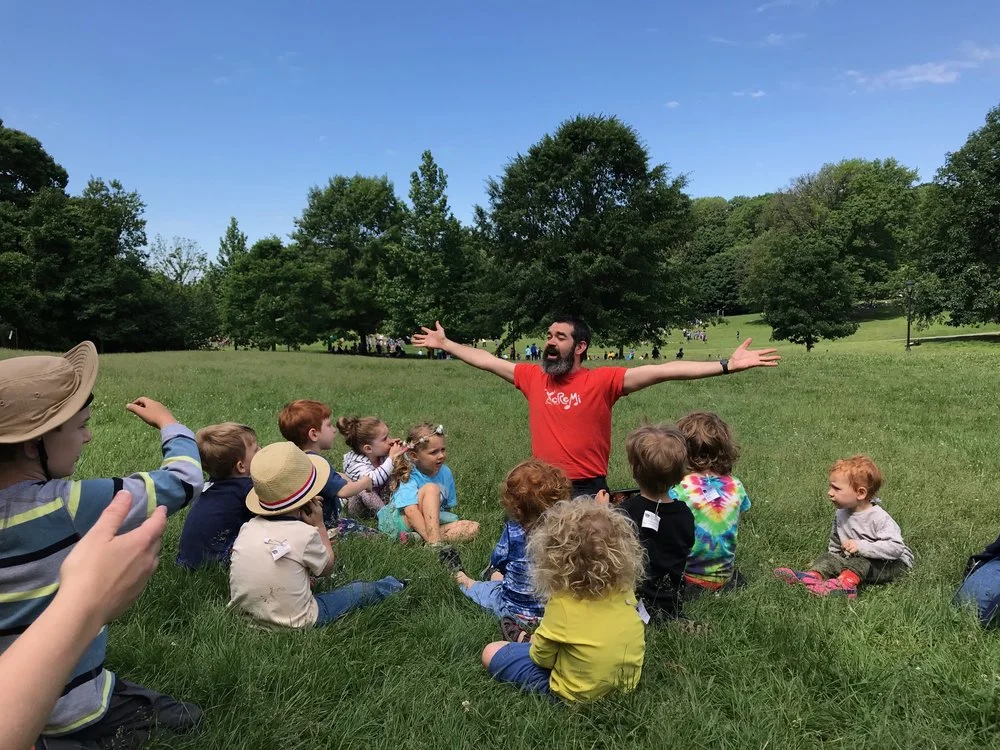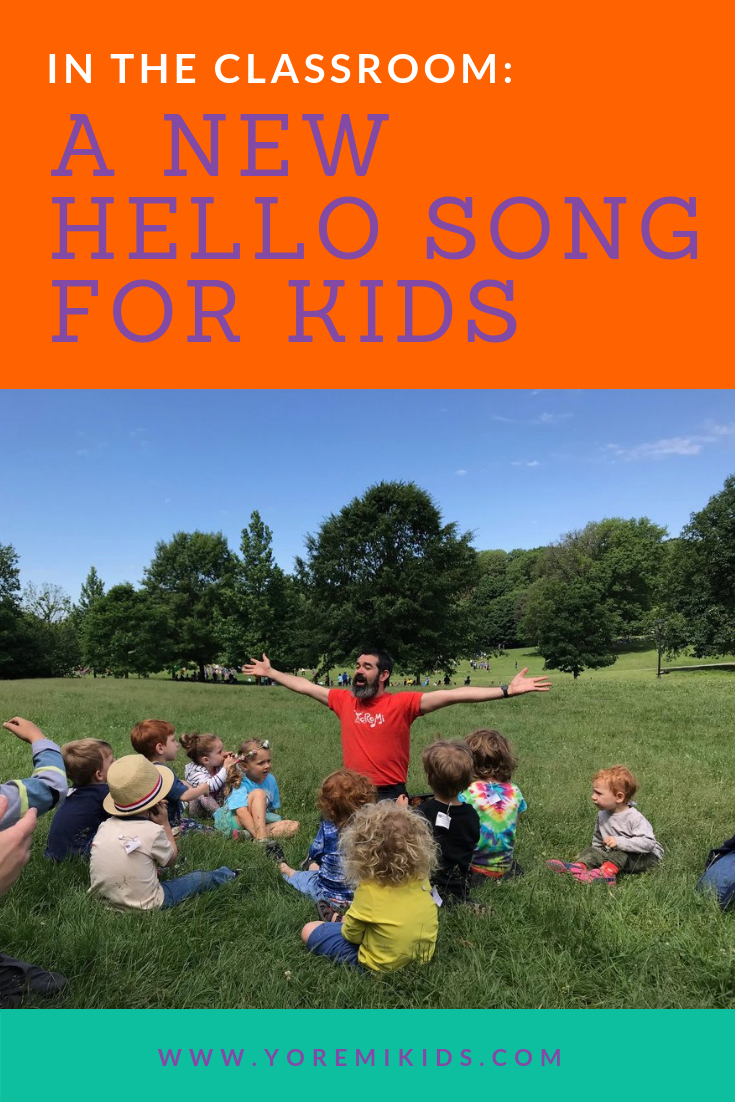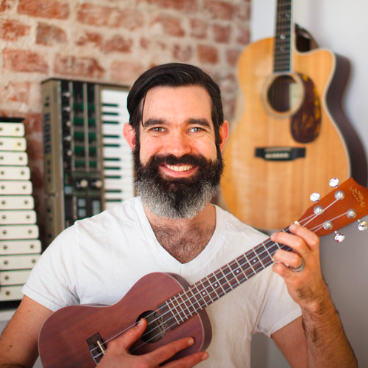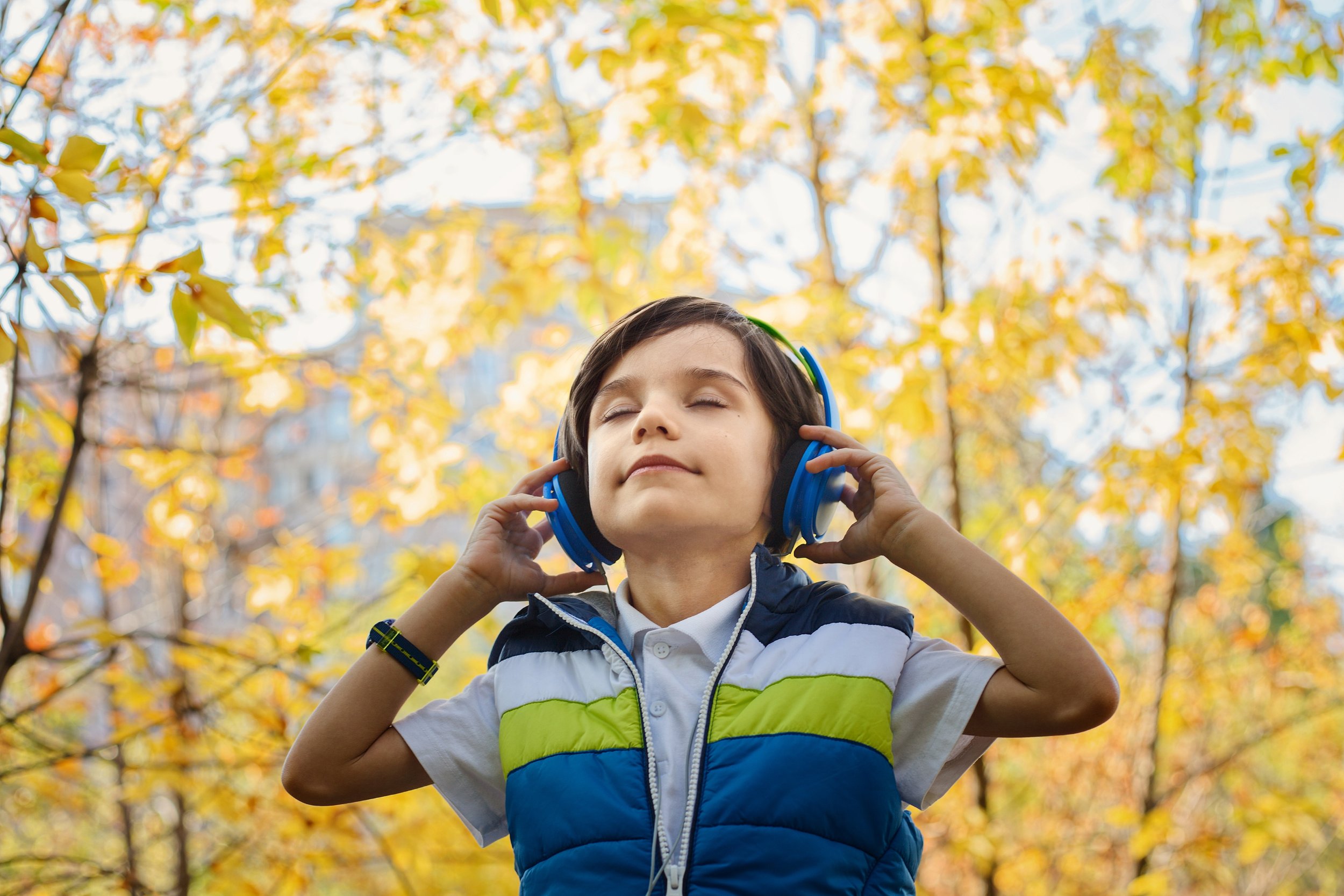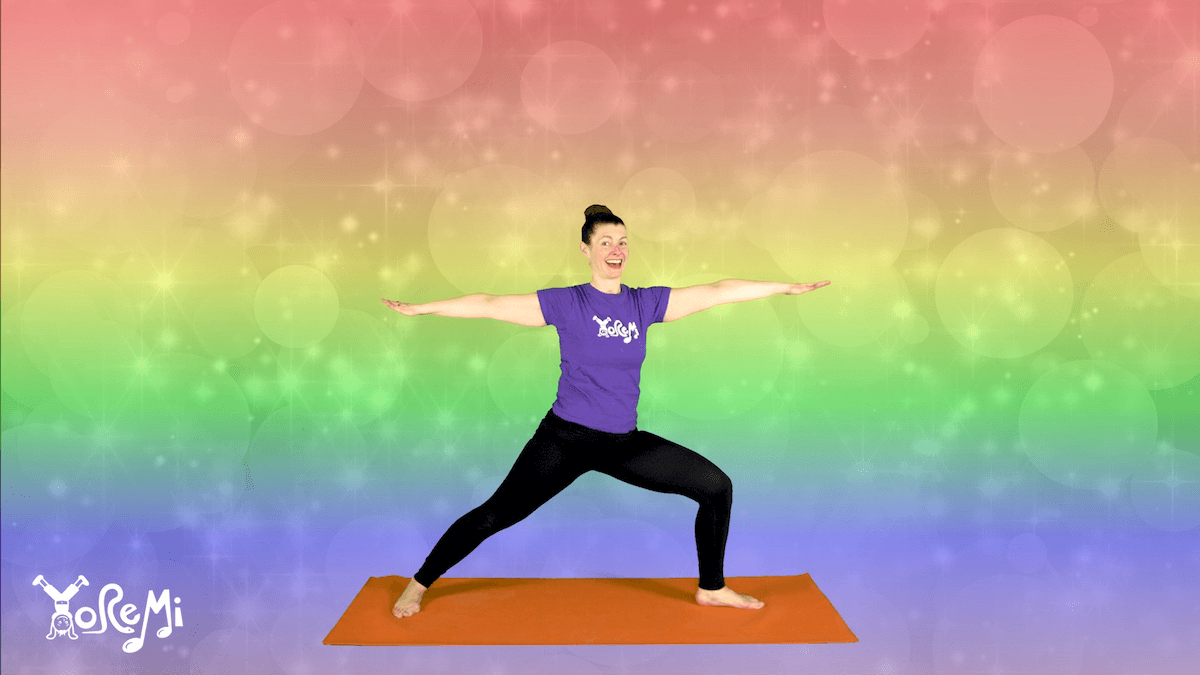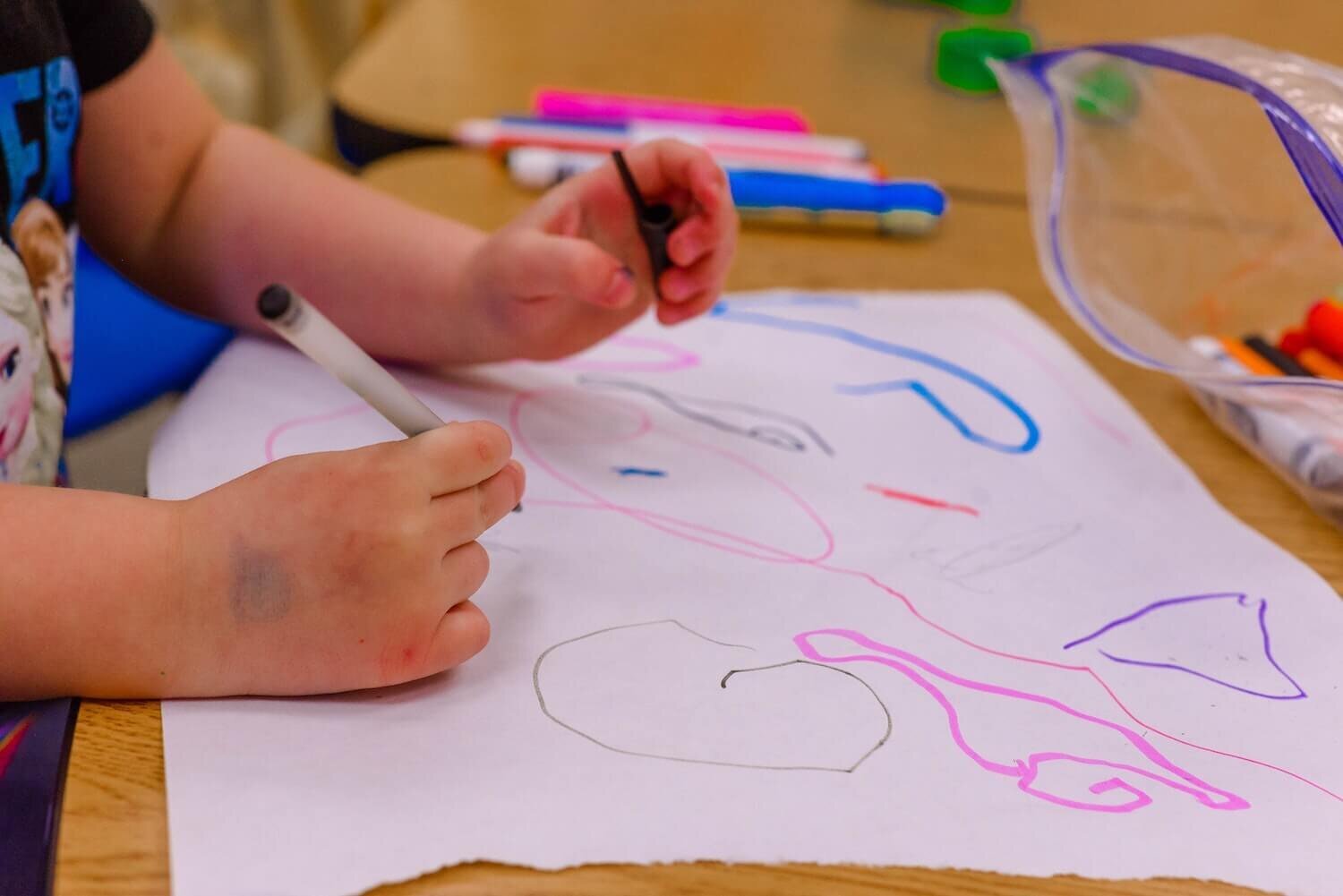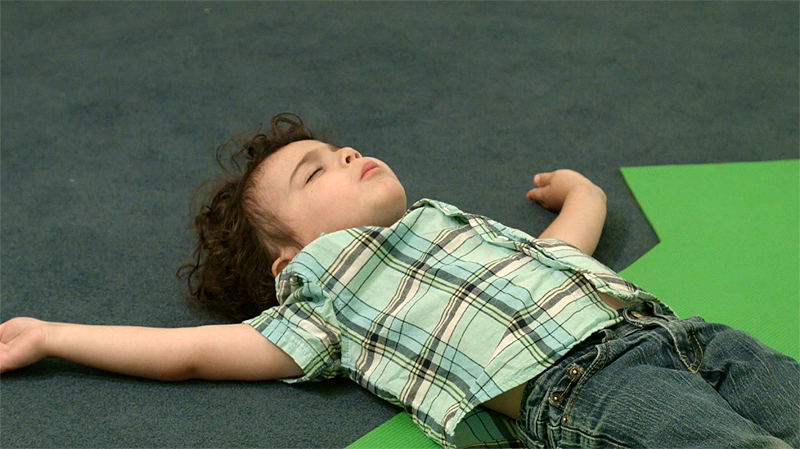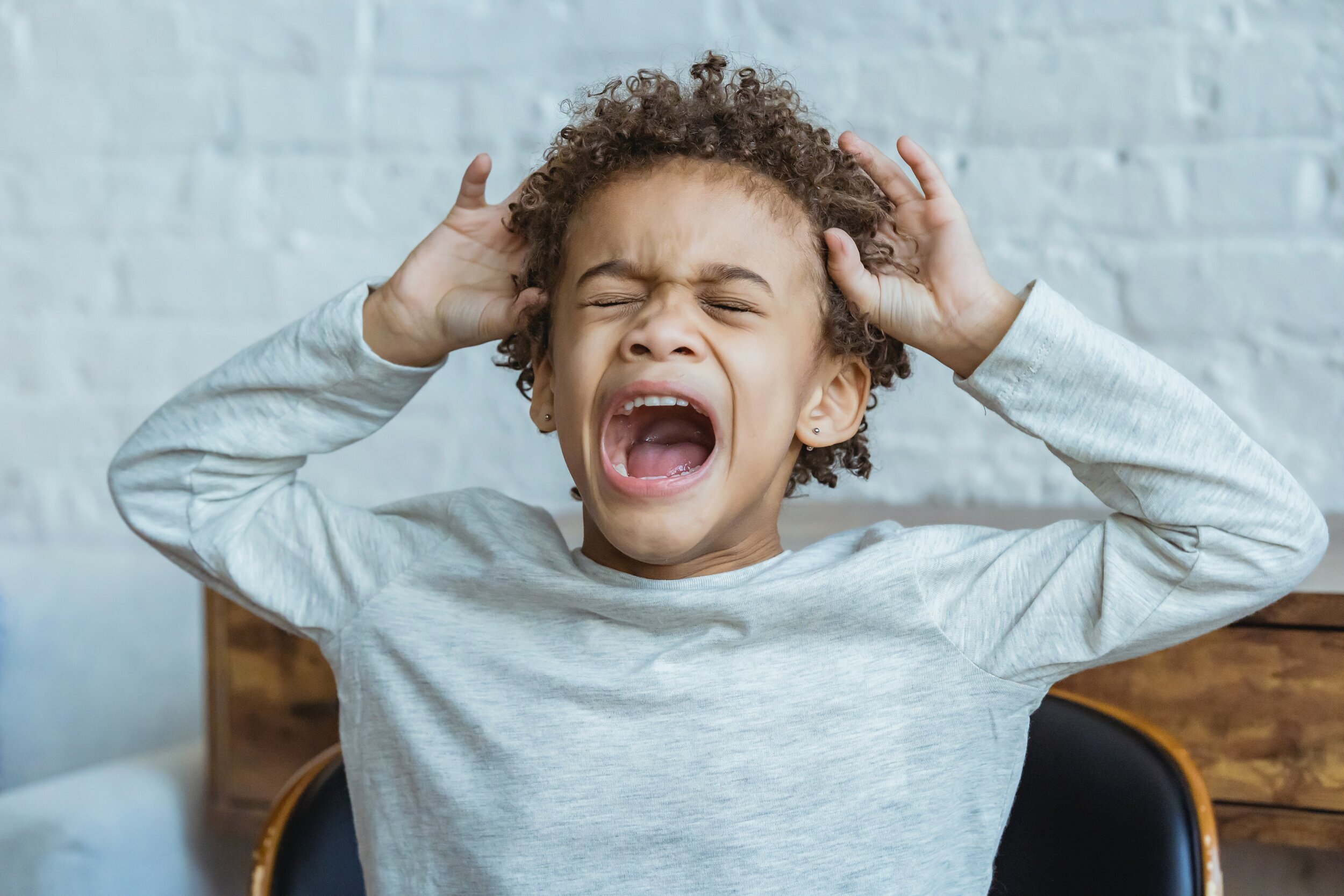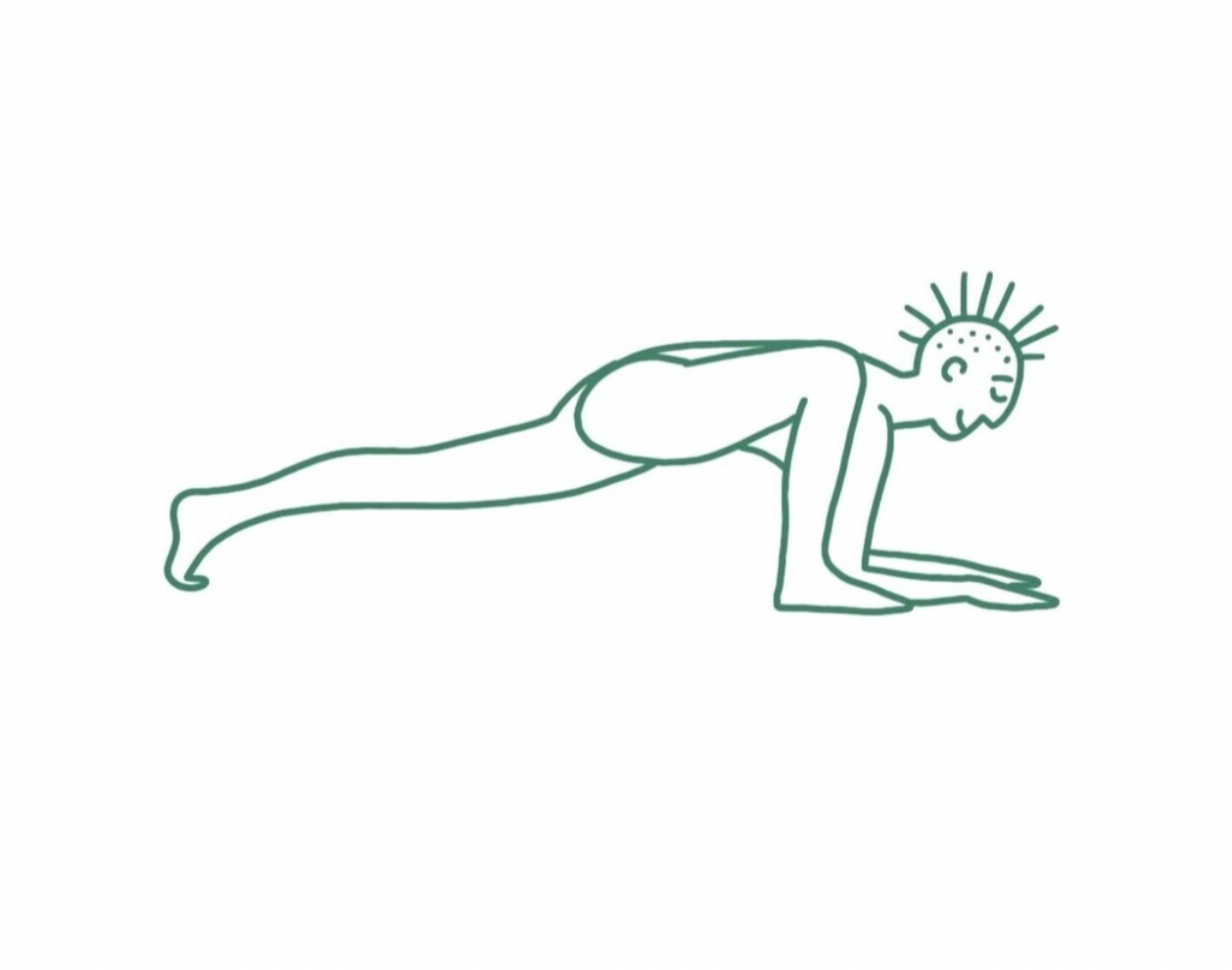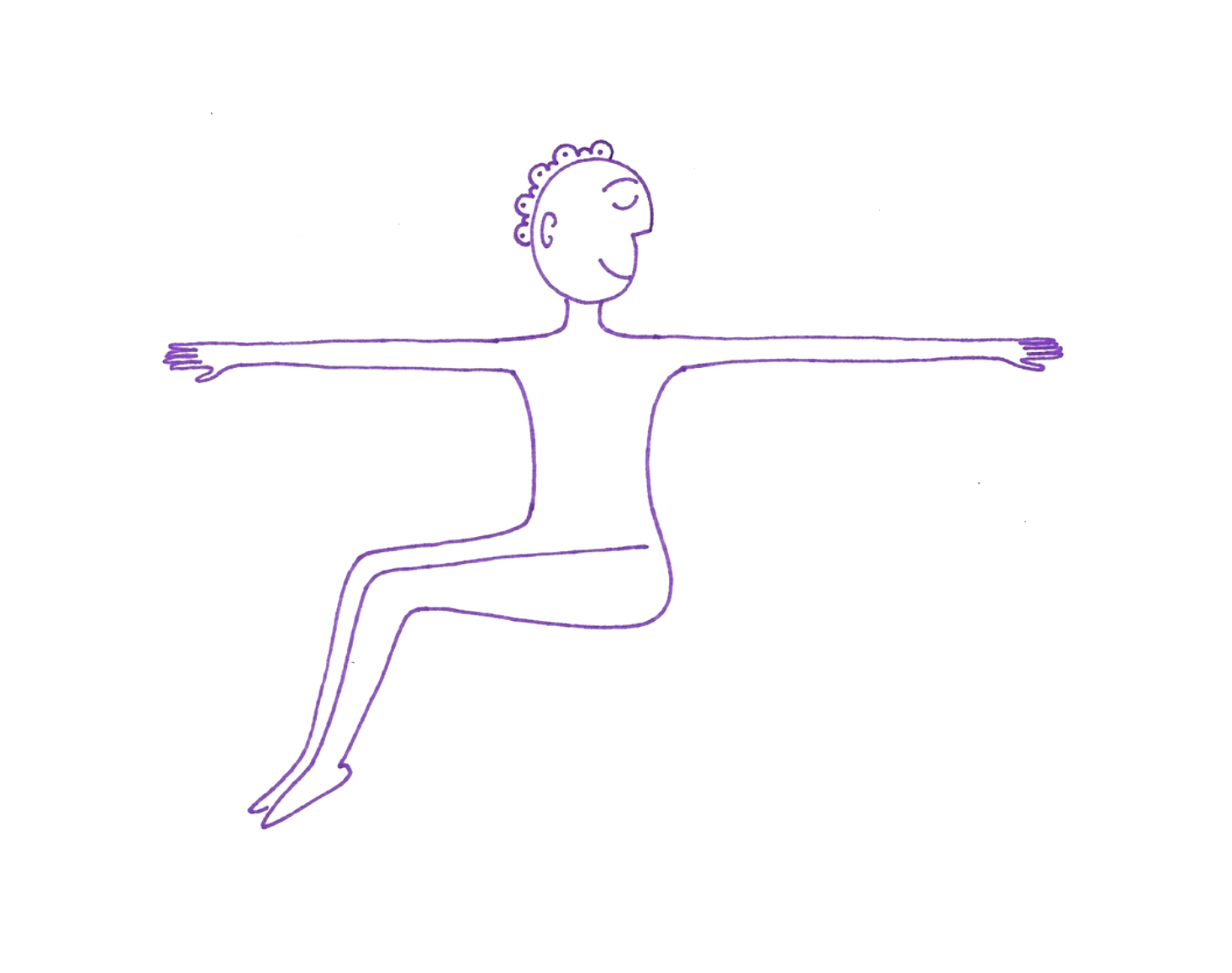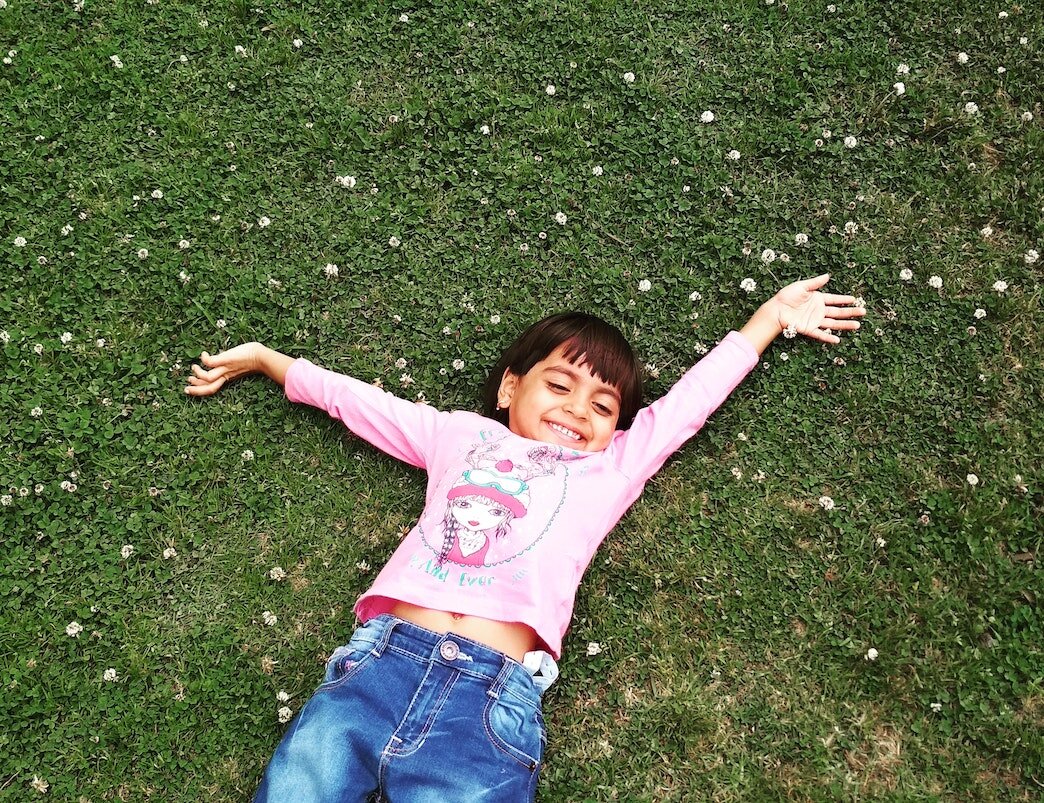This Classroom Hello Song Was Alienating, So I Wrote a New One
I’d been singing the same Hello Song, every day, for years. Enough was enough. It was time to write a new one.
A Familiar Classroom Hello Song
The Hello Song I initially learned may be familiar to many pre-school teachers. It’s sung to the tune of “Skip To My Lou.” The lyrics went like this:
Hello, how are you?
Hello, how are you?
Hello, how are you?
How are you today?
It’s nice to see (child’s name) here,
It’s nice to see (child’s name) here,
It’s nice to see (child’s name) here,
How are you today?
This Hello Song was sung over and over, and over again, verse after verse, until all the children’s names had been sung. But was it an effective welcome song? Did it encourage communication and individuality?
Imagine sitting in a circle for morning meeting, and before there’s been any movement or discussion — before there’s any conversation — sitting still and quiet for five minutes or longer as your teacher sings every classmate’s name.
Bor-ing.
What Was Wrong With the Familiar Hello Song
While the Hello Song seems fun on the surface, there are problems with it too!
We ask, “How are you today?” but we never provide a space for the child to give an answer!
We say, “It’s nice to see (child’s name) here,” but that’s an opinion and tells the children how to feel.
These two lyrics can be alienating. Children’s feelings and opinions are theirs, and they want to express them. I mean, what if you’re scared by a classmate — is it nice to see them? AND, what are we modeling for children when we ask them a question, but don’t wait for the answer?
I had enough of watching this song set a class on auto-pilot.
When I set out to write a new hello song, I knew I wanted to do something with call-and-response (read why in a recent blog on Ella Jenkins), to encourage listening, make sure everyone was recognized, and get everyone involved right away.
There must be an engaging way to include all children — and keep it brief! It’s a lot to juggle, but after writing hundreds of songs for Yo Re Mi’s in-school enrichment program, I knew we could do it.
Creating a Hello Song that Promotes Inclusivity
When I started writing my new Hello Song I had a set of lyrics I felt pretty good about:
It’s a beautiful day.
I’m so happy to see you.
Today, let’s make something together.
Super positive right? “Let’s make something together” is one of the most inviting, open-ended suggestions a teacher can make. But the other lyrics are not as inclusive.
Let’s look at why:
“It’s a beautiful day” is an opinion. To some, it’s not a beautiful day. Maybe your dog just died. Maybe you forgot your favorite bracelet at home. Saying “It’s a beautiful day” might sound sweet, but it’s definitely an opinion and might count someone out.
“It’s a beautiful day” became “Hello, my friends.” We typically use the word “friends” instead of “boys and girls” (as we seek to include everyone of every gender), or “children” (which indicates an undesired power dynamic).
We are all equals, and “friends” seems to indicate that as well.“I’m so happy to see you.” It’s fine if it’s just me saying it — I am quite happy to see my students. But, if I’m asking them to sing along, should children be asked to say “I’m so happy to see you?” We explore a lot of feelings in our classes, but I never, ever tell someone how they feel, or how they should feel.
Using only facts, how do we acknowledge each child at the same time as they recognize the rest of us? What’s universal for our class right now? What sits well in every voice? “I’m here. I see you.” Those are facts.
In our Professional Development workshops on using mindful language, we are encouraging pre-K educators to use specific, fact-based observations instead of judgement-filled comments, to use inclusive language when encouraging students, and to ask questions to encourage self-reflection. Rachel and I spent over an hour reworking the song from my original lyrics, and it’s only three lines!
This type of language work takes practice, presence, and reflection.
Here’s the Final Version of Our New Hello Song
Hello my friends, (class repeats the line)
I’m here. I see you. (repeat)
Then at the same time:
Today, let’s make something together.
Next, we say everyone’s names. ALL of us say ALL the names.
Hello to Elliot, and Georgia, and Darrell, and Whitney, and Serena, and ….everyone says all the names, one time each, moving quickly from one to the next.
And, MEEEEEEEEEE! (everyone taps their own body)
Hello my friends, (class repeats the line)
I’m here. I see you. (repeat the line)
Then at the same time:
Today, let’s make something together.
There it is: a new Hello Song that uses mindful language, call-and-response, and encourages listening. The recent video of Rachel singing this song is about a minute long. Since there aren’t children in the video Rachel uses language like, You, Me, Moms, Dads, Brothers, Sisters. Sing along with the video or bring Yo Re Mi’s in-school music, yoga and mindfulness program to your classroom so we can try it together!
Share this post
Help others sing “Hello, My Friends”
About the author: Dan Costello is a professional musician, music educator and Children's Yoga Instructor specializing in early and elementary education. A music teacher for ten years, Dan has developed music education curriculum which combines movement-based activities, joyful sing-alongs, and songwriting.
Dan plays piano, guitar, clarinet, drums, ukulele, and just about anything he can find. He plays in bands and writes songs for children and adults. His favorite songs are the ones we sing together.

